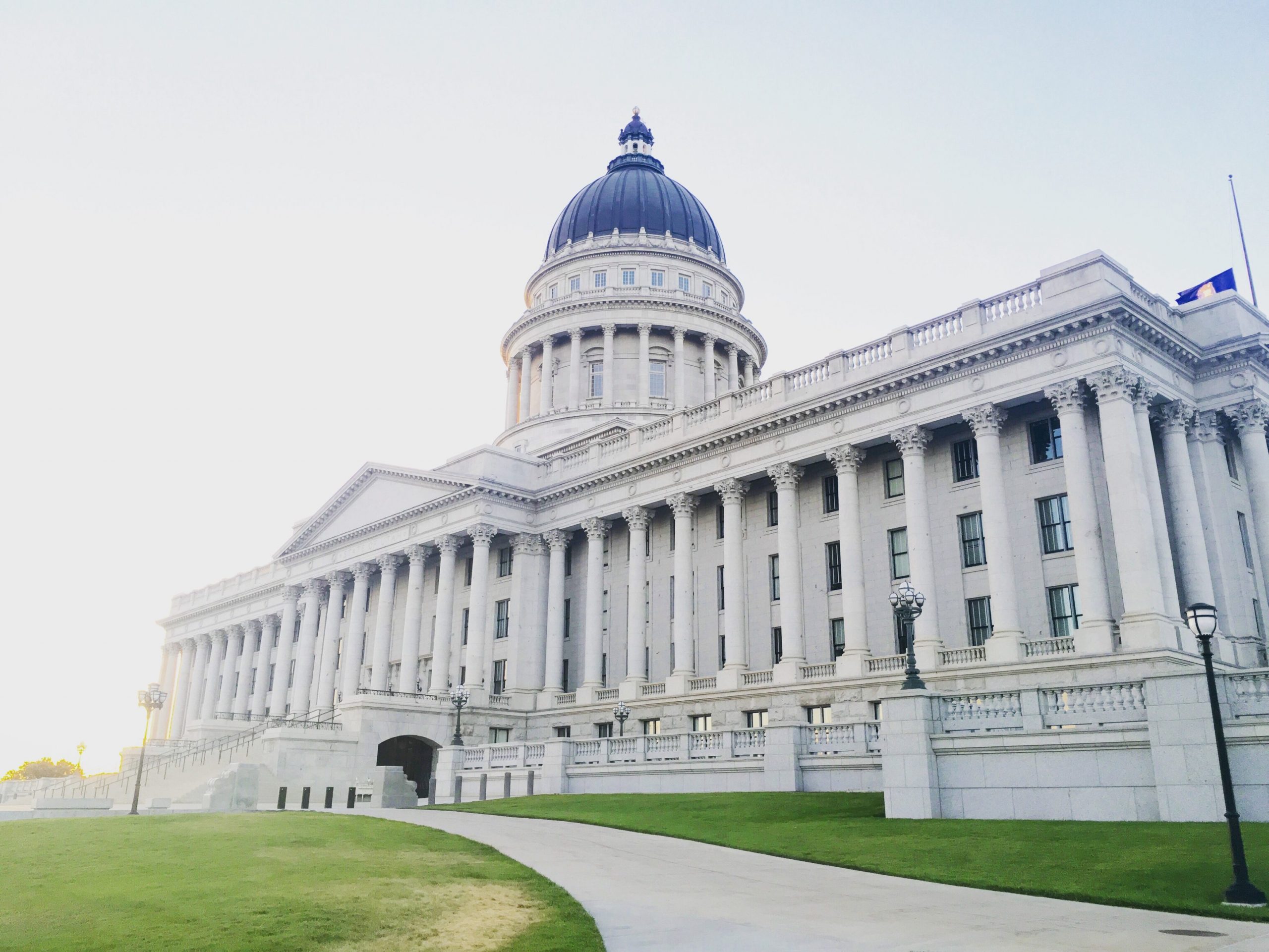
Finally, the time has come, as we all expected, when Democrats and Republicans could no longer physically stand being in the same room. Unless you’ve been living in a nuclear fallout shelter for the past few days, you know the US government has shut down. This year’s shutdown, which landed coincidentally on Donald Trump’s one-year anniversary of being in office, was a result of House and Senate members being unable to renew a government funding bill. But how did that cause a shutdown? And why was Congress incapable of reaching an agreement?
The funding bill is pretty fundamental. Each year, Congress needs to renew the bill in order for all government-funded agencies to receive the funding they need to continue functioning and sending out paychecks to their employees. So, while on a government shutdown, all employees are placed on ‘furlough,’ a kind of ‘leave-of-absence’ and contrary to popular concerns, their paychecks are only being withheld during the shutdown. Once the government gears on again, employees will receive their payment.
But for some departments, furlough isn’t acceptable. The most noticeable result of the government shutdown was the immediate halt of payment for U.S. armed services and death benefits. Active United States military around the world voiced their anger over the shutdown, propelling military funding to the top priority within shutdown discussions. Democratic Senator Claire McCaskill of Missouri proposed a bipartisan effort to restore military funding before addressing DACA concerns. “I remember in 2013 we did this right off the bat,” McCaskill said of her goal to immediately restore military funding. Senate Majority Leader Mitch McConnell objected to McCaskill’s proposal, saying, “My hope is that we can restore funding for the entire government before this becomes necessary.” McConnell’s remarks prompted even more outrage over the shutdown, and exposed McConnell as using the military as a political pawn to coerce the Democrats to pass a bipartisan appropriations bill without DACA funding.
But in the middle of the fuss of the government shut-down, and much like every fight or argument we have in our lives (ever), it is important to look at the roots of the problem. Why wasn’t Congress able to get the funding bill signed anyway? The shutdown is a way for Democrats to force Republicans into signing a bill which would allow DACA (Deferred Action for Childhood Arrivals) individuals to remain in the US without getting deported by the new administration (a regulation which Trump has flip-flopped on multiple times). In an effort to express their disconcertion, the Democrats refused to give the Senate the 60 member majority it required to pass the funding bill. To anyone who had been following the fight for DACA within Congress in the past week, this was no surprise. DACA students and supporters had nested within both chambers and chanted alongside Democrat Congress members for the passing of a bill allowing them to stay.
Proving once again, stubbornness gets the work done (or shuts down governments).
